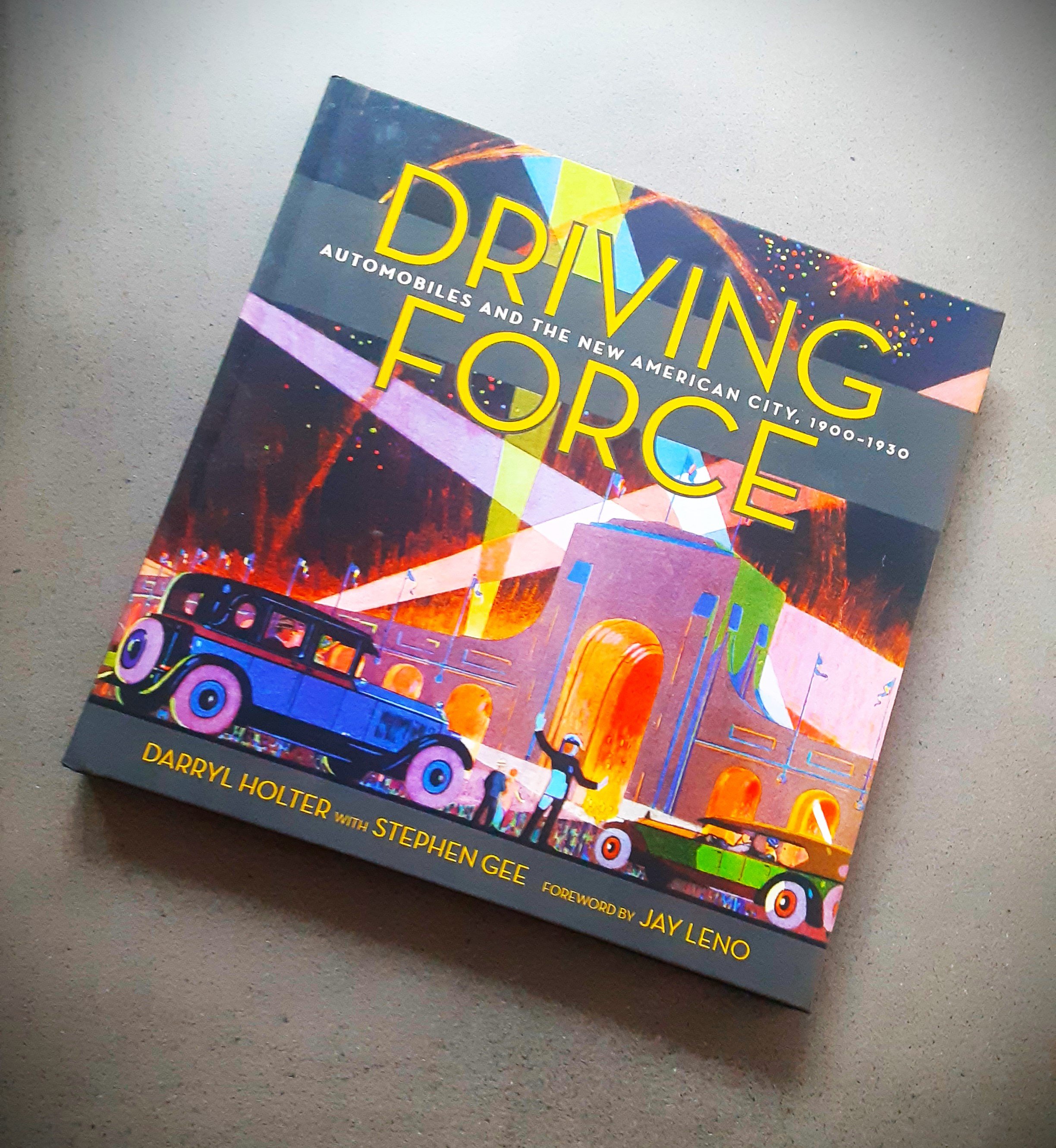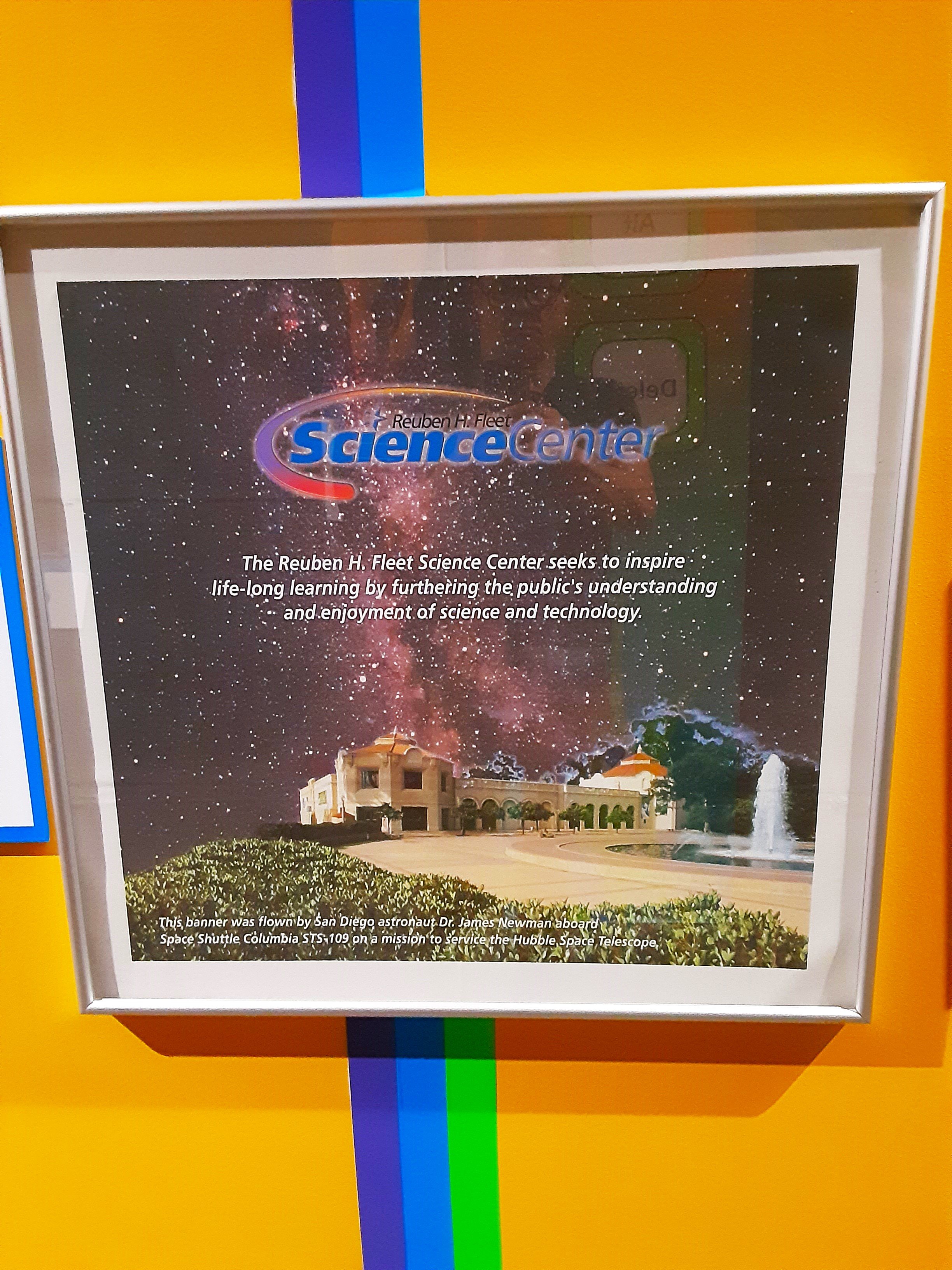Kirk, Cars, and Cosmosphere
/I love a month like this where, around many writing projects, other opportunities and adventures came my way.
It was a pleasure to be on a panel at the inaugural Trek Long Island conference. Our panel talked about "real space" as a contrast to fascinating science fiction, and I was in the esteemed company of some of the big names in planetary sciences. I enjoyed talking about the future possibilities of exploring the solar system and beyond.
Coincidentally, just a few weeks later, I was volunteering at the Hollywood Charity Horse Show, a fundraiser event organized every year by Star Trek icon William Shatner. I was assisting musical guest Dwight Yoakam’s band and road crew with setup and security – and I learned a lot. It was the first time I had spoken to Shatner since he flew into space for real, becoming the oldest person to do so. He had a revelatory experience about how thin our planet’s atmosphere is, and how it protects us as our only known harbor of life.
I was in Los Angeles again for a fantastic evening in an undisclosed warehouse location in East LA, where the car collection of the Los Angeles Natural History Museum is located. My friend Stephen Gee, who has written fascinating books about Los Angeles architecture, has a new co-authored volume about why Southern California became so car-culture-centric over a century ago. He gave a wonderful talk, the book is gorgeous, and I encourage you to give it a look.
I have viewed the rough edit of the documentary I appear in about the Cosmosphere, and I like what I am seeing. The Cosmosphere, in Hutchinson, Kansas, is in my opinion the best space museum in the world – and the documentary explores how it came to be in such a location, while also exploring its remarkable collection.
Closer to home, I was at San Diego’s Fleet Science Center to see an IMAX movie, and chanced upon a new exhibition celebrating their fiftieth anniversary. I was honored to see, selected as one of the objects chosen to represent that half-century, a project of mine. I was assigned to design something that could be flown into space, up to the Hubble Space Telescope, on what turned out to be space shuttle Columbia's final successful mission. Working with astronaut Jim Newman, I chose to print a design on a cloth banner so it could be folded and survive the packing and unpacking. Jim kindly came to the Fleet after his mission and together we snipped open the bag that had carried the banner. Seeing it on the wall was like seeing an old friend.





